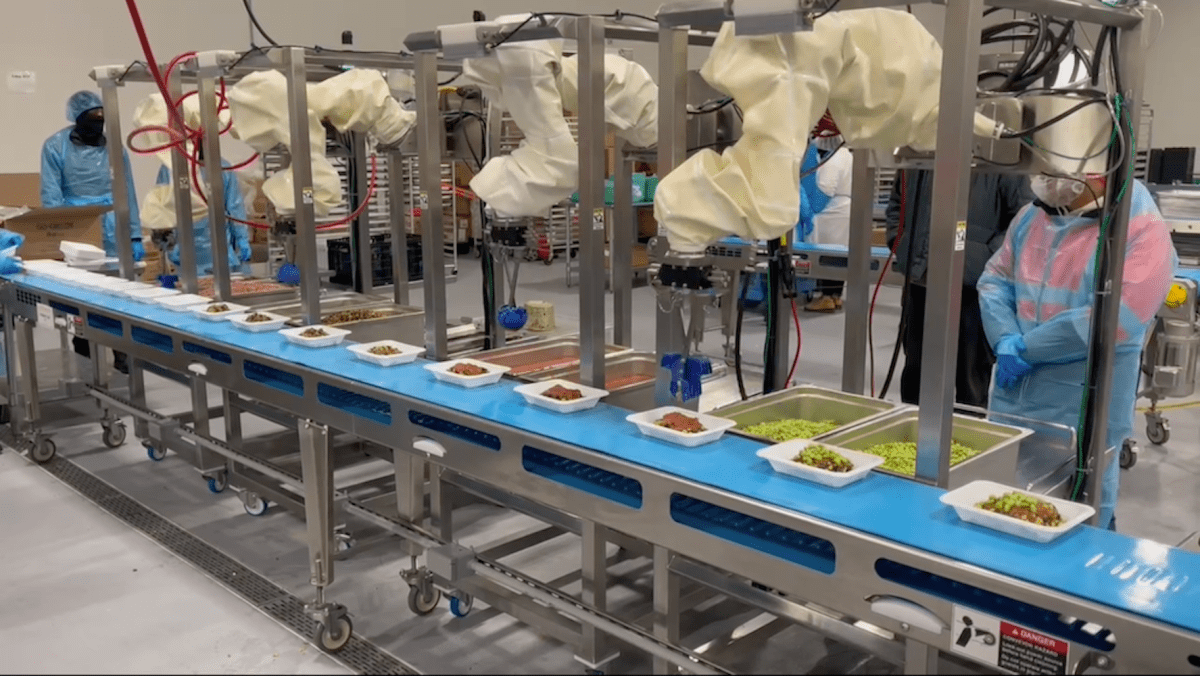How Chef Robotics Achieved Success by Pivoting Away from Its Original Customer Base
Chef Robotics, a leading player in the food tech robotics industry, has successfully navigated through challenging times to emerge as a thriving startup. After facing potential setbacks, founder Rajat Bhageria reveals the journey of resilience and innovation that has led to the company’s remarkable turnaround. This article explores how Chef Robotics has carved its niche in the competitive landscape of food technology.
From Uncertainty to Success: The Chef Robotics Journey
Founded six years ago, Chef Robotics confronted numerous hurdles that nearly led to its demise. Bhageria recalls, “There were a lot of dark periods where I was thinking of giving up.” However, encouragement from friends and investors motivated him to persist. Today, Chef Robotics stands out as one of the few successful food tech robotic companies, recently securing a $23 million Series A funding round.
Milestones and Achievements
- Chef Robotics employs 40 professionals.
- The company has partnered with notable clients such as Amy’s Kitchen and Chef Bombay.
- To date, its robots have produced 45 million meals across the U.S.
Overcoming Challenges in Food Robotics
The food tech robotics sector has seen many failures, including notable companies like Chowbotics and Zume. Bhageria attributes his company’s success to a bold decision: he chose to turn away existing customers with signed contracts in pursuit of a more viable business model. “We essentially could not solve the technical problem,” he explained.
The Robotic Grasping Problem
Chef Robotics was initially focused on creating robots for fast-casual restaurants, a market plagued by labor shortages. However, the core challenge was the robotic grasping problem: training robots to handle various ingredients delicately. Bhageria noted, “Nobody’s built a dataset of how do you pick up a blueberry and not squish it.” This gap in training data hindered the development of a versatile robotic chef.
Finding the Right Market
After reevaluating the business strategy, Bhageria shifted focus to the “high mix manufacturing” segment of the food industry. This area involves creating a variety of meals, such as salads and sandwiches, for clients like airlines and hospitals. The traditional assembly line in this sector often leads to labor shortages, making it an ideal environment for robotic solutions.
Robots in High Mix Manufacturing
- High mix manufacturing involves multiple recipes and a large volume of servings.
- Employees typically work in cold environments, performing repetitive tasks that can be grueling.
- Robots tailored to specific ingredients can streamline the process and improve efficiency.
Bhageria’s innovative approach allows robots to gather real-world training data as they operate, ultimately paving the way for future applications, including fast-casual restaurants.
Successful Fundraising and Future Prospects
After a challenging fundraising landscape post-2021, Chef Robotics experienced a resurgence in interest, particularly in the realm of AI-driven technologies. Bhageria successfully raised an $11.2 million seed round in March 2023, led by Construct Capital and supported by other prominent investors.
The total funds raised by Chef Robotics now stand at $38.8 million, bolstered by a $26.75 million loan from Silicon Valley Bank. The excitement surrounding the recent fundraising efforts has reinvigorated the company’s mission to revolutionize food preparation through robotics.
For more information on Chef Robotics and their innovative solutions in the food tech industry, visit their official website at Chef Robotics.
In conclusion, Chef Robotics exemplifies resilience and innovation in the face of adversity. By pivoting its business model and focusing on the high mix manufacturing sector, the company is poised for continued growth and success in the evolving landscape of food technology.







